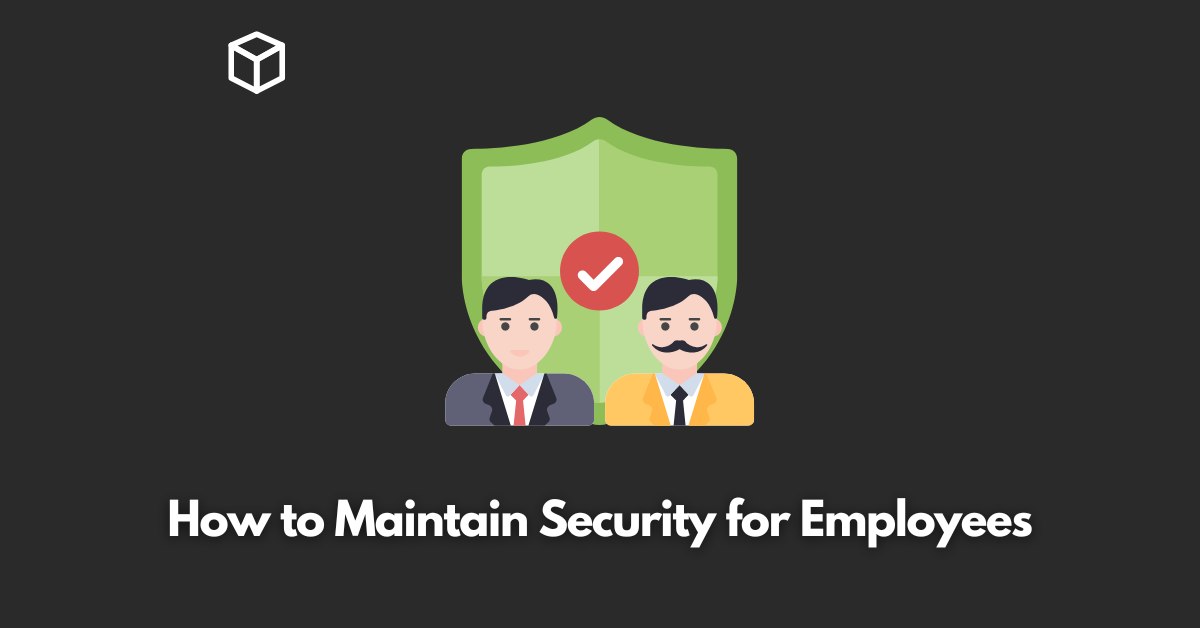The rise of remote work in recent times has brought with it new security challenges for businesses.
With more employees working from home, the risk of data breaches, phishing attacks, and unsecured networks has increased.
It’s crucial for companies to prioritize security when employees work remotely to avoid serious consequences such as financial loss and damage to reputation.
Identifying the Risks
Remote work poses unique security risks for businesses.
Hackers and cybercriminals have increased their efforts to exploit vulnerabilities in the remote work setup.
This can result in data breaches, phishing attacks and unsecured networks, all of which can have severe consequences.
It’s essential for companies to be aware of these risks and take steps to mitigate them.
Best Practices for Remote Work Security
To protect against the risks of remote work, companies must implement best practices for security.
These include providing employees with secure VPN access, using multi-factor authentication, encrypting sensitive data, regularly updating software and security protocols, and conducting security awareness training for employees.
Implementing these best practices ensures that employees have the tools and knowledge they need to work securely from anywhere.
Managing Remote Devices
Remote devices such as laptops and smartphones present significant security risks if not properly managed.
To ensure these devices are secure, companies can provide employees with company-owned devices, implement mobile device management (MDM) solutions, and require employees to use a secure connection when accessing company resources.
By managing remote devices effectively, companies can minimize the risk of security breaches.
Conclusion
In conclusion, remote work has brought new security challenges for businesses, but by identifying the risks and implementing best practices, companies can ensure their remote workforce is secure.
By providing employees with secure VPN access, implementing multi-factor authentication, encrypting sensitive data, regularly updating software and security protocols, and conducting security awareness training, managing remote devices effectively, and implementing mobile device management solutions, companies can protect themselves from data breaches, phishing attacks, and other cyber threats.
It’s crucial for businesses to prioritize security when employees work remotely to avoid potential threats and ensure the safety of their company’s information.




